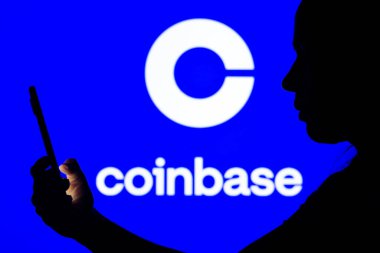Ethereum has seen the rise of bullish rollups like Arbitrum, OP Mainnet and Base, as well as zk-rollups like ZKsync, all of which play an important role in expanding the network. These solutions increase Ethereum’s user base and overall value, but there are ongoing concerns about its reliance on centralized sequencers and fragmented liquidity across different chains.

This is where base summaries come into play. These aggregations are designed to integrate more closely with Ethereum’s core infrastructure, thus preserving more value in the ecosystem. By taking advantage of this new approach to stack design, Ethereum and its native token, ETH, could see even greater value retention.

What Are Base Rollups?
Also called L1 sorted pools, base pools are a type of pool where the underlying layer, such as Ethereum, directly manages the ordering of transactions. Unlike conventional stacks that rely on independent sequencers, based stacks exploit the security, decentralization, and availability of the core layer by delegating the sequencing of transactions to the L1 network. This network consists of different actors (proposers, researchers, producers, and others) that integrate aggregation blocks based on L1 blocks.
In principle, this method was considered ineffective; Vitalik Buterin also described it as “total anarchy” in a 2021 article on compilations. However, in 2023, Ethereum researcher Justin Drake resurrected the idea, suggesting that based fragments not only better correspond to Ethereum but also remove the need for separate security models for each individual fragment.
How Do Base Rollups Operate?
Base rollups utilize the base layer (L1) for consensus, data availability, and settlement while conducting transaction execution independently. When Ethereum serves as the L1, the primary components of based rollups are structured as follows:
Execution Layer: Managed independently by the rollup, where off-chain transaction execution occurs.
Consensus Layer: Leverages Ethereum validators to sequence transactions.
Data Availability Layer: Depends on Ethereum to ensure that transaction data is accessible for validation by the network.
Settlement Layer: Utilizes Ethereum for recording the final transaction states of the rollup.
In traditional rollups, transactions are submitted to a designated sequencer—a single entity operated by the rollup team. This sequencer is responsible for gathering transactions, determining their order, and bundling them into blocks that are posted on Ethereum.
Base rollups, however, route transactions to block builders who work across both Ethereum and the rollup. By integrating with Ethereum’s existing infrastructure, based rollups inherit Ethereum’s security guarantees, ensuring a more reliable transaction finality compared to non-based rollups.
As Justin Drake highlighted in his initial post, base rollups offer several compelling advantages:
Lifetime inheritance and decentralization: One of the main advantages of based stacks is their ability to inherit lifetime guarantees from the underlying L1 chain. As long as L1, like Ethereum, is functional, the digest is also functional.
Economic synergy with L1: The economic model of cluster-based promotes a symbiotic relationship with L1. The priority fees and MEV (Miner Extractable Value) generated by the pools flow directly to the base layer. This not only increases the value of L1, but also increases the reputation and visibility of the pools themselves by leveraging the established community of Ethereum.
Cost efficiency: Outsourcing the transaction sequence to Ethereum, blockchains reduce their development costs, shorten market time, and offer lower usage costs, especially as they scale.
However, there are trade-offs. The summaries give up some benefits by relying on Ethereum for the sequence, which deprives them of priority and MEV rate. Additionally, they are subject to Ethereum’s slower block times, which can lead to latency issues.
These challenges are why most current stacks choose their sequencers: to provide a faster user experience. Although possible improvements, such as inclusion and pre-execution confirmations, have been explored to improve the user experience of based aggregations, it is not yet certain whether these improvements can be implemented without the ‘introduction of trusted intermediaries. There is an ongoing debate about whether such changes could undermine the simplicity and security that make based summaries so attractive in the first place.
Learn from market wizards: Books to take your trading to the next level.

 Hot Features
Hot Features












